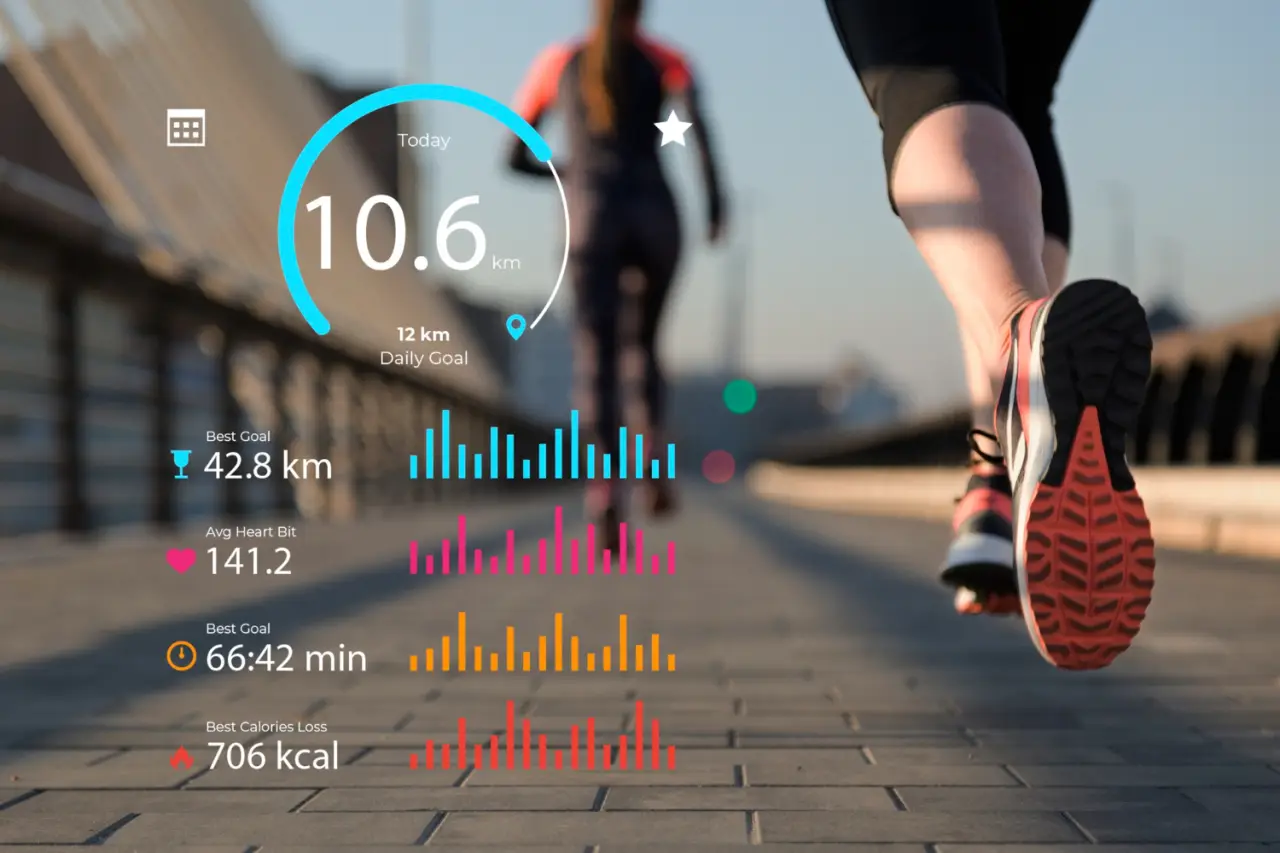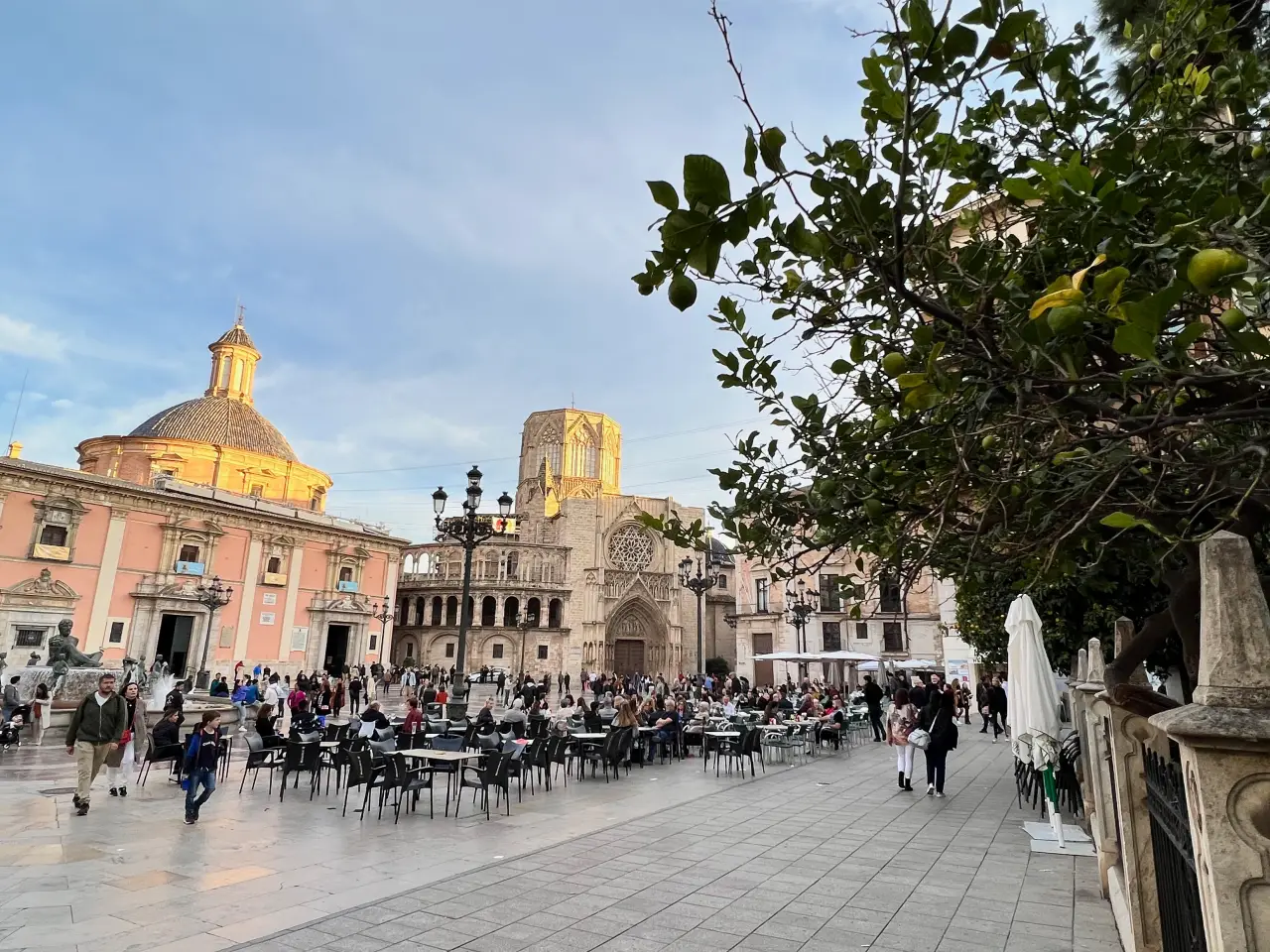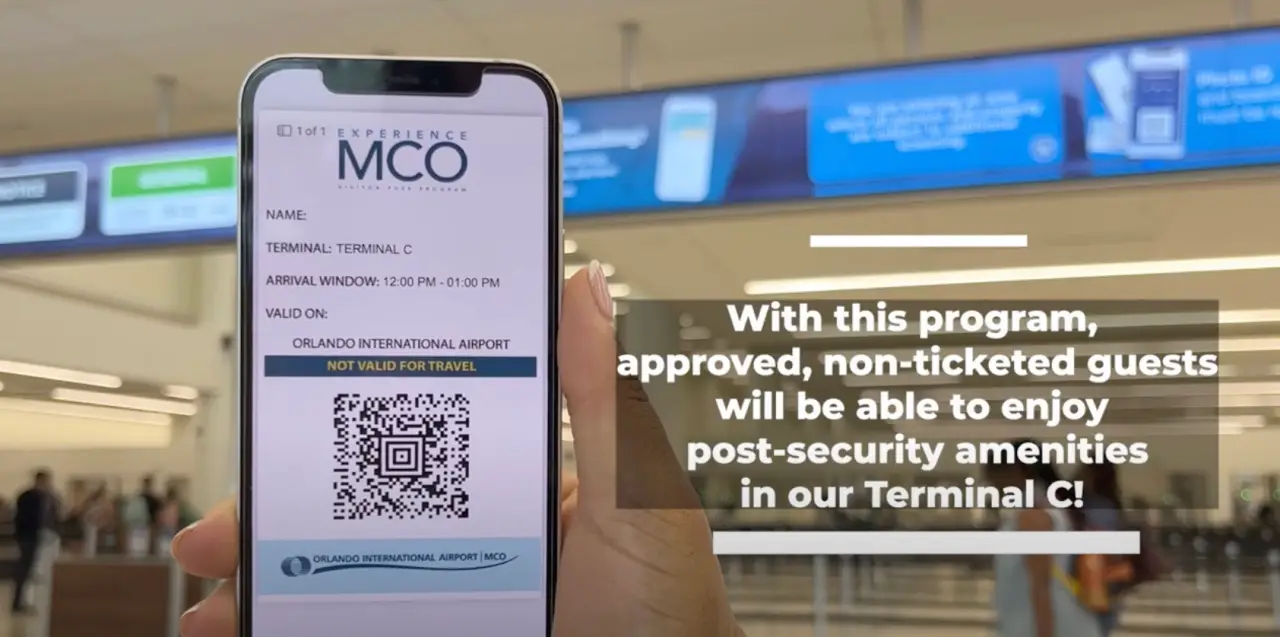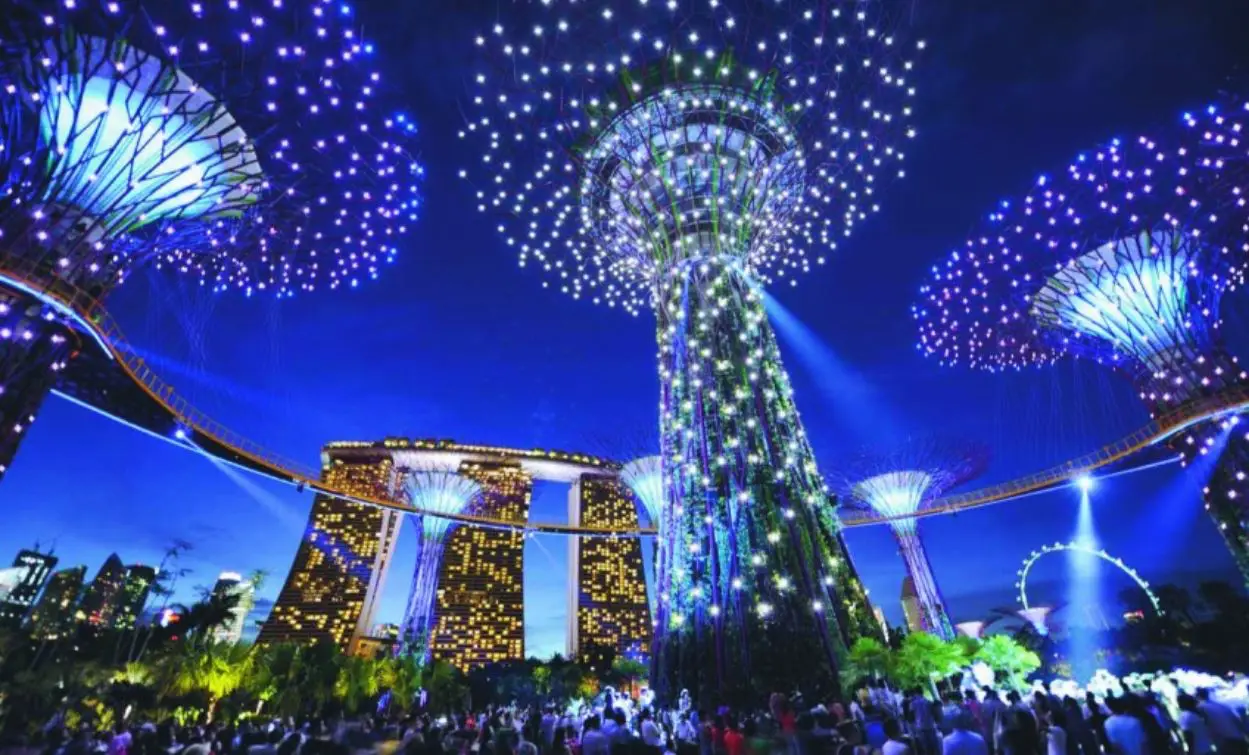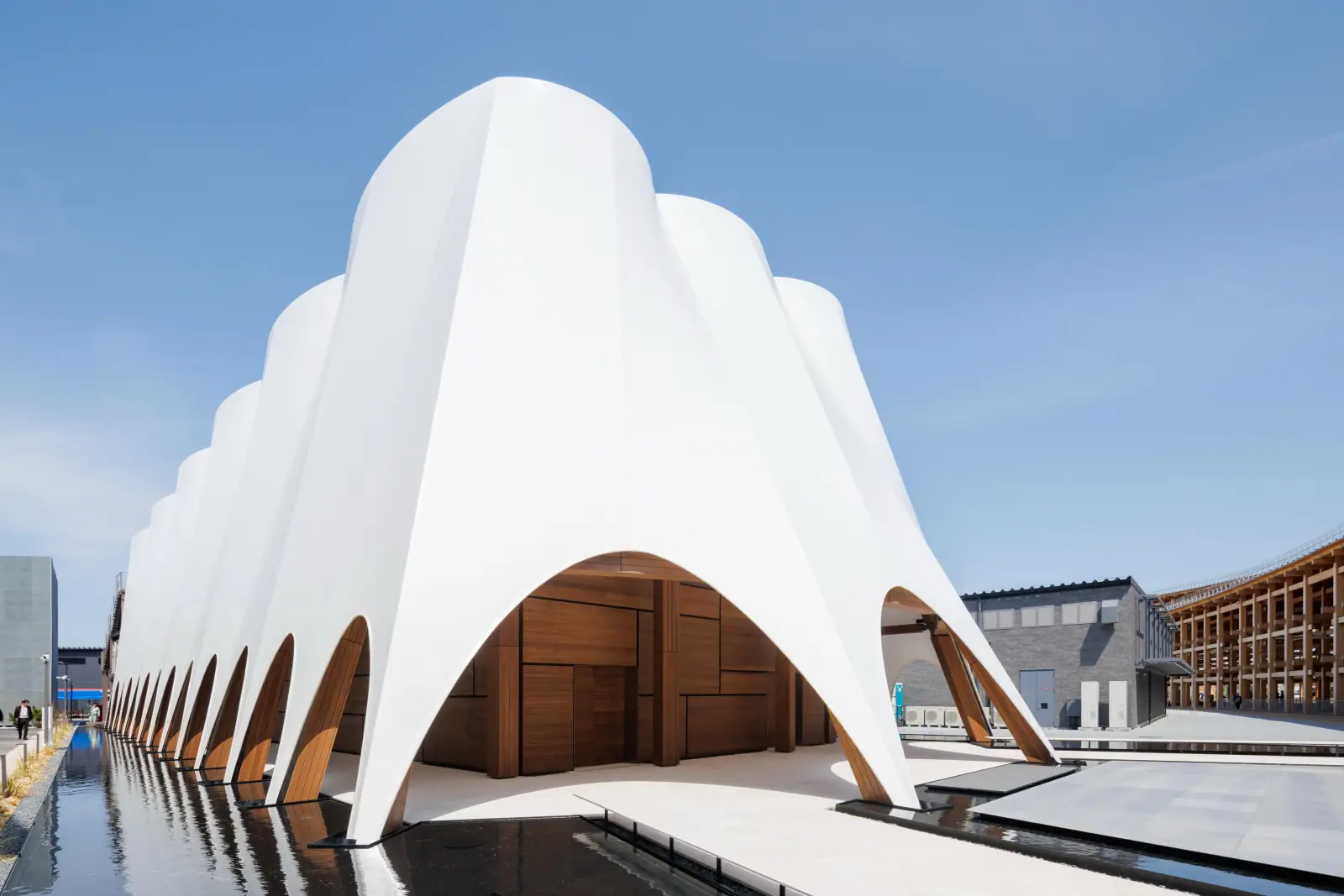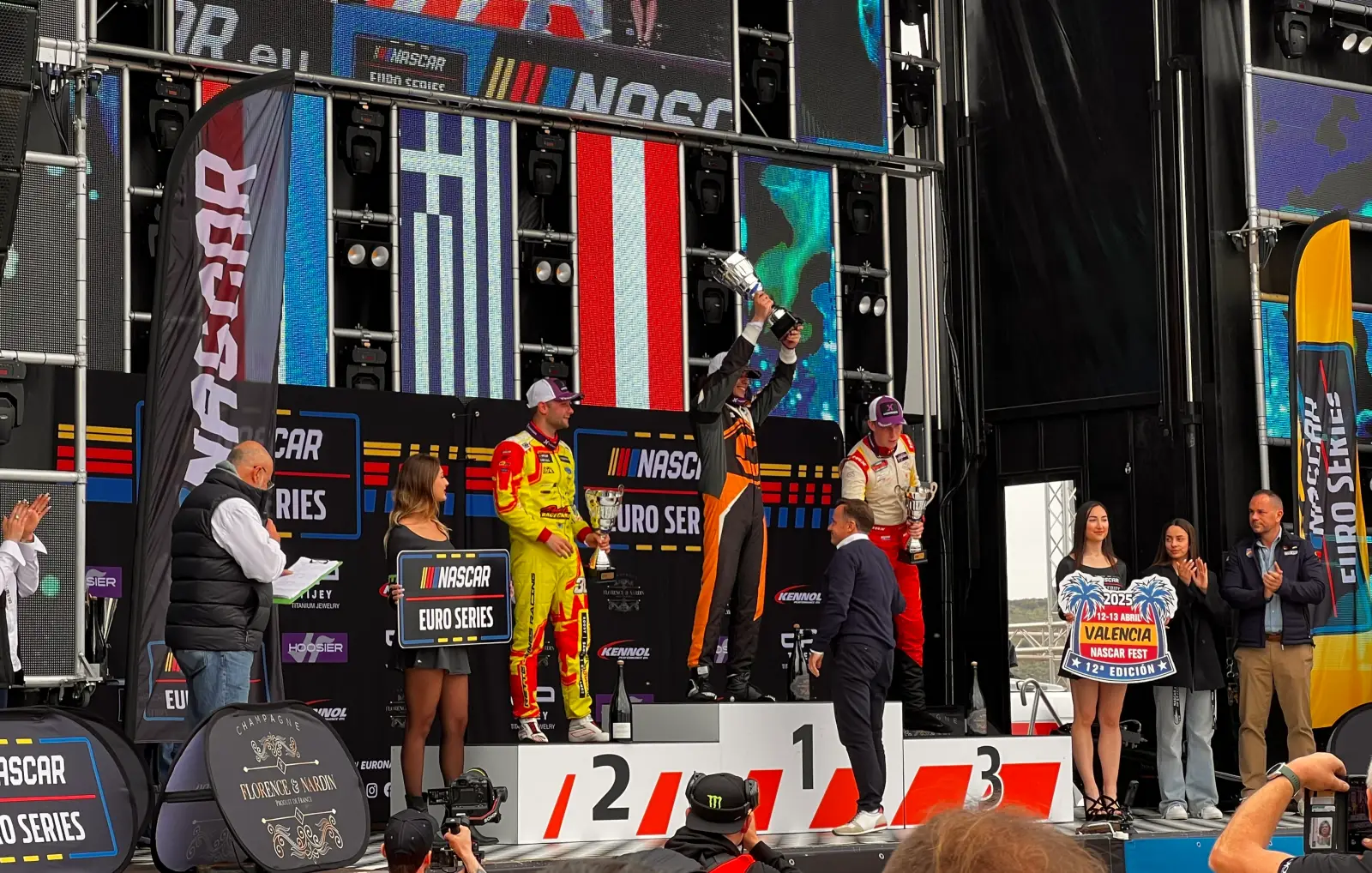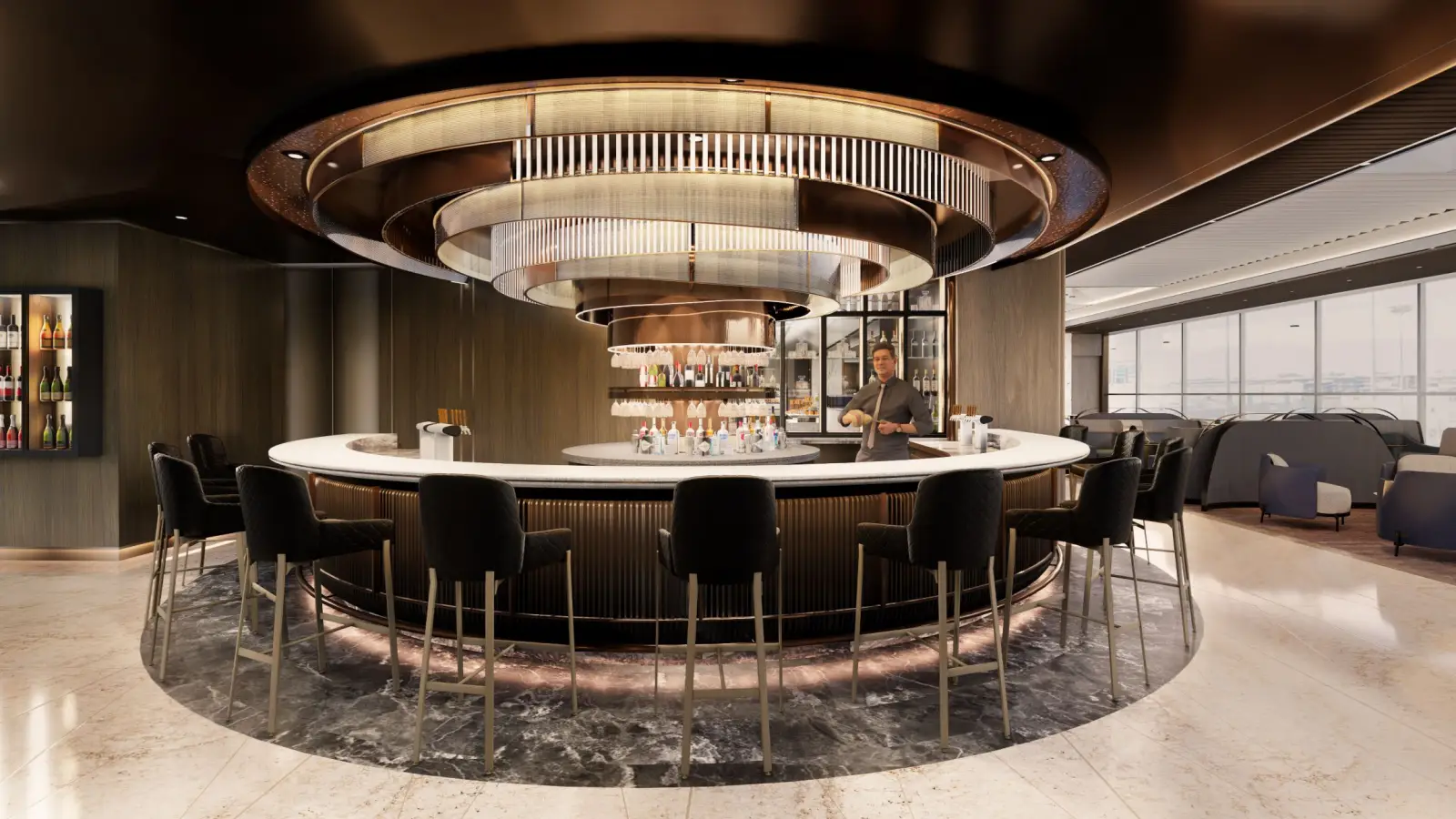Live sporting events were always a crowd draw, especially for the big leagues. So much so that fans from around the world convene to the large concrete structures known as stadiums to support the teams they have known and loved.
These events, in part, contribute to the country’s tourism significantly. Cities prepare for these events extensively to capitalize on the exposure and foot traffic that they might experience whenever there is competition around. Tourists, meanwhile, can enjoy exploring these new sights during competition downtime. As an event that can open up large scale financial and cultural exchanges, technology improved processes involved in sports tourism. Sports tourism grew with these impressive developments thanks to technology!
Travel and accessibility made easy through mobile technology
Mobile smart devices have significantly influenced the daily life of an average person. Much like its precursor in the traditional telephone, communication is significantly streamlined since its introduction to modern society. As a result, the sports tourism industry drastically improved its procedures, adding convenience and accessibility to activities related to it.
Sports tourism immediately benefited from the digital ticketing afforded by the introduction of the sophisticated mobile technology we enjoy today. Going through the best seats and actually purchasing it is instantaneous for anyone. While seating in stadiums are still on a first come, first serve basis for tickets, no longer will patrons have to queue in physical lines. Admission to sporting venues is also much easier and more convenient through digital tickets which can be embedded on data like QR codes. The same can be true for travel tickets and tourist attractions that might be around the vicinity of the stadium or arena.
Tools to follow the sporting events while enjoying the city are also even more accessible with mobile technology. Sports bets placed on online gambling platforms like Betway can easily be tracked while exploring iconic locations such as Madison Square Garden, allowing fans to stay connected to the action no matter where they are. Of course, there are also the official apps of each league on mobile, which can be accessed anytime for live updates about the sport that the tourist follows. It is especially handy during races in Formula One, where tourists can explore attractions related to the races found all over the city tracks.
‘Remote’ tours and fun activities with augmented and virtual reality
However, there really are days that sports fans might miss the big game because they couldn’t make it to the venue, for whatever reason. But through the power of technology, it will be alright! For fans that really want to see the game up close and personal, augmented reality (AR) and virtual reality (VR) can afford them the luxury of immersing in a sports event without actually being there.
The revolutionary technology of AR provides live updates of statistics, player information, and replays that happen throughout the game. The technology also birthed live-betting for mobile casinos such as betway. As for tourism, AR technology can be used liberally to update tourists about fan events happening around the venue’s vicinity.
VR technology, on the other hand, replicates venues entirely and lets fans experience the game as it happens right before their eyes. Accessing live sporting events in VR lets sports fans see the stadium without really traveling to the stadium. So long as they have access to peripherals, of course. In some cases, they can even talk to fellow supporters of their team as if they are next to each other!
The integration of technology in sports tourism offers endless possibilities for innovation, creating enhanced experiences for tourists and greater efficiency for event organizers. This partnership can only be fruitful for a city’s potential as a tourist spot, and immersion during competitive live sporting events!

